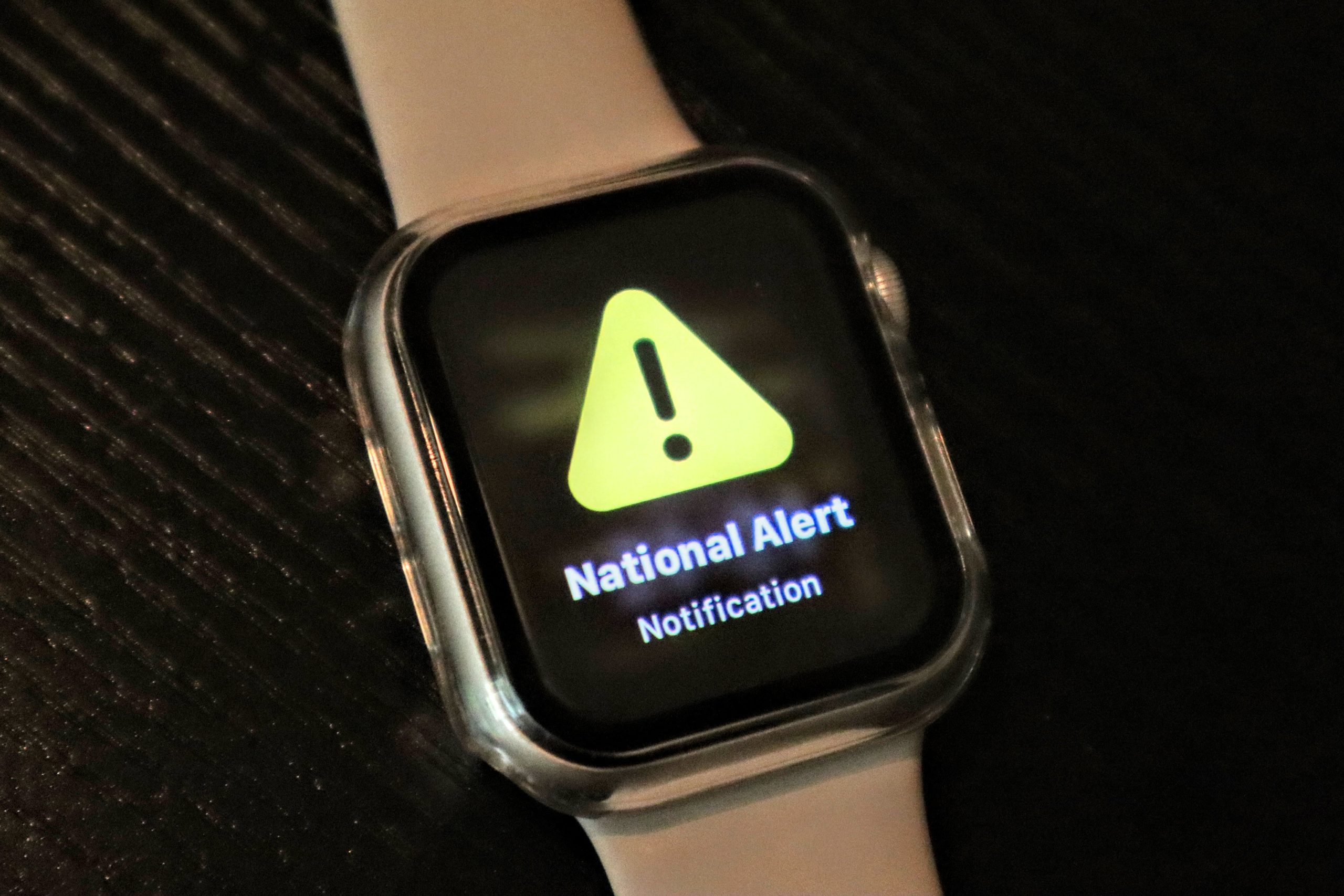 October 4, 2023 – FEMA (Federal Emergency Management Agency) and FCC (Federal Communication Commission) conducted a nationwide test of the Emergency Alert System (EAS) and (Wireless Emergency Alerts (WEA) Wednesday, October 4th. A lot of acronyms there!
October 4, 2023 – FEMA (Federal Emergency Management Agency) and FCC (Federal Communication Commission) conducted a nationwide test of the Emergency Alert System (EAS) and (Wireless Emergency Alerts (WEA) Wednesday, October 4th. A lot of acronyms there!
The tests took place at approximately 11:20 am Pacific Standard Time The WEA portion of the test was sent to all consumer cell phones. The EAS portion of the test was sent to radios and TV’s.
Emergency alerts save lives, period. Any system needs to be tested—and that’s what happened today.
According to fema.org, “The purpose of the test is to ensure that the systems continue to be effective means of warning the public about emergencies, particularly those on the national level.”
The WEA portion of the test utilized FEMA’S Integrated Public Alert and Warning System, “a centralized internet-based system administered by FEMA that enables authorities to send authenticated emergency messages to the public through multiple communications networks.” FEMA’s Integrated Public Alert and Warning System is required to be tested every three years, with the last one being in 2021.
“WEA alerts are created and sent by authorized federal, state, local, tribal and territorial government agencies through IPAWS to participating wireless providers, which deliver the alerts to compatible handsets in geo-targeted areas. To help ensure that these alerts are accessible to the entire public, including people with disabilities, the alerts are accompanied by a unique tone and vibration,” states FEMA’s press release.
The Associated Press has stated that the unique tone has been used to broadcast national warnings for about 6 decades.
The Wireless Emergency Alerts system (WEA) has been used about 84,000 times in the past to alert the public to a variety of emergencies since its launch in 2012.
Interestingly enough, Russia also tested its public emergency warning system the same day. Their first test was in 2020 and they are required to conduct tests twice a year.
If you wanted to “opt out” of the EAS test and block the alert, you could have turned off your phone, put your phone on airplane mode, or used WiFi only for the duration of the 30-minute test.
There are options on both iPhones and Androids to turn off emergency alerts—at your own risk of not being notified during an emergency. In California, for instance, there could be a wildfire headed your way and you might not know until it’s too late. Emergency alerts have saved many lives, and will continue to do so.








